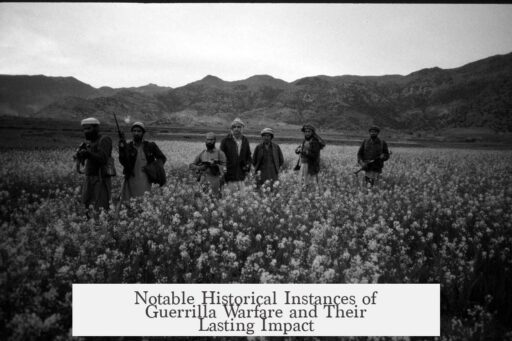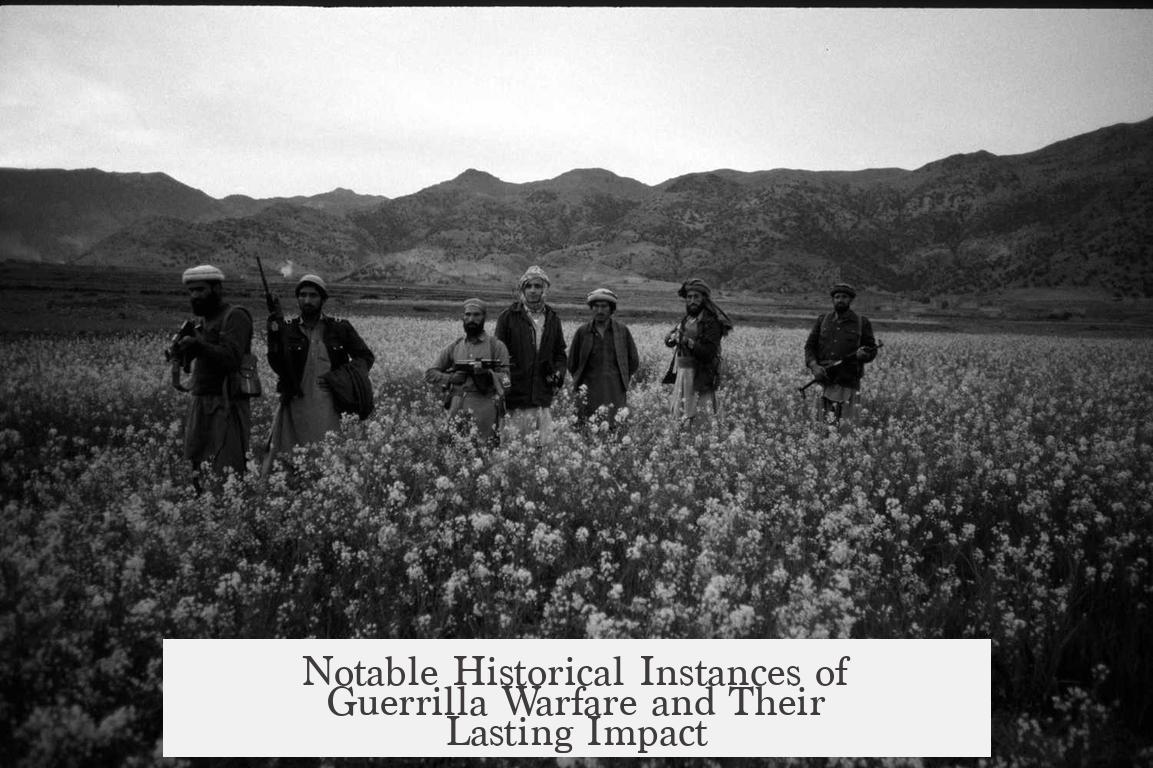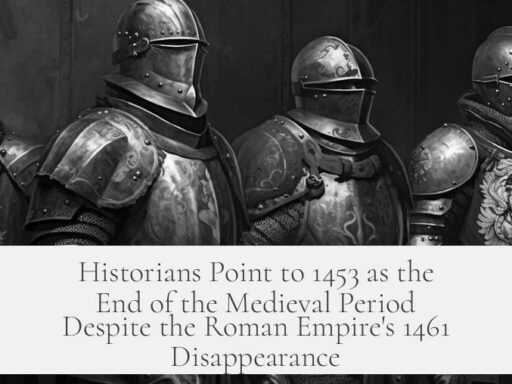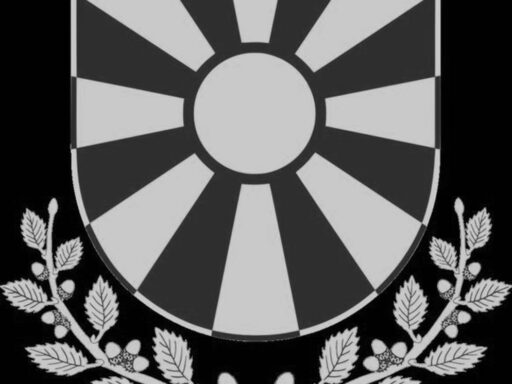Guerrilla warfare reveals a pattern of small, mobile groups using hit-and-run tactics against larger, less agile forces. Historical examples highlight its effectiveness across different eras and environments.
The Irish War of Independence combined urban and rural guerrilla tactics. Irish rebels, led by Michael Collins, used flying columns to raid police stations and ambushed troops in the countryside. In Dublin, The Squad targeted British spies, showcasing deadly counterintelligence operations over three years.
The Cuban Revolution demonstrates how fewer than 600 guerrillas led by Castro and Che Guevara toppled a 37,000-strong military and police force. Their ability to leverage terrain and popular support underscores how small forces can drive significant political change.
In World War I, Paul von Lettow-Vorbeck commanded about 14,000 troops—3,000 Germans and 11,000 Africans—to hold at bay 300,000 Allied forces in East Africa. He never lost a battle, marking one of the rare instances of a German commander successfully invading British imperial soil through guerrilla tactics.
The Peninsular War and Cossack raids against Napoleon exemplify guerrilla usage to harass and wear down a superior enemy. Arthur Wellesley (Duke of Wellington) gained fame partly due to guerrilla warfare’s impact.
Spanish guerrillas coined the term, famously inflicting damage on Napoleon’s forces. Their motivation sprang from brutal French looting and violations, contrasting with disciplined Anglo-Portuguese armies. Mountain pass ambushes and tortures demoralized French troops, hindering Napoleon’s campaign.
World War II brought widespread resistance guerrilla movements across Poland, France, Greece, Yugoslavia, and the Soviet Union. The Yugoslav Partisans notably liberated much of Yugoslavia using guerrilla tactics such as sabotage of trains and bridges with minimal foreign aid.
During the Chinese Civil War (1945-1950), Communist forces under Mao used guerrilla warfare against the better-equipped Nationalist army. Initially outnumbered and outgunned, they relied on rural support, captured equipment, and defectors to gain momentum. Paradoxically, their victory day parade included fully armed planes flown by defected pilots, prepared for combat even during celebration.
Unique guerrilla warfare examples include the Maori resistance against British colonizers, leveraging local terrain and unconventional tactics. The Winter War (1940) between Finland and the USSR showcased Finnish troops using guerrilla-style hit-and-run tactics and superior knowledge of harsh terrain to offset Soviet numerical and technological superiority.
The Boer Wars featured Dutch settlers using guerrilla methods against British imperial forces, prolonging conflict and inflicting significant casualties despite fewer resources.
In Afghanistan, the Mujahideen’s knowledge of mountainous terrain allowed effective resistance against Soviet forces. Many Taliban leaders were former Mujahideen who continued guerrilla warfare principles in the 21st century.
Guerrilla methods extended to North America with figures like John S. Mosby, the “Gray Ghost” during the American Civil War, who conducted raids behind Union lines without firing a shot. Similarly, Robert Rogers pioneered guerrilla tactics based on Native American strategies, influencing subsequent American military doctrine.
Historical roots go deep. The Spartan Krypteia institutionalized guerrilla tactics to suppress the Helot population in ancient Greece. In Feudal Japan, farmers turned into ninjas used ingenuity and unconventional weapons to counter samurai armies effectively.
Other notable examples:
- Battle of Ia Drang (Vietnam War): Demonstrated dangers of helicopter assaults facing entrenched guerrillas.
- Robert the Bruce: Destroyed captured castles in Scotland to deny English use.
- Maccabean Revolt: Jewish clans utilizing guerrilla tactics to expel Greek occupiers.
- Vlad the Impaler: Used psychological and biological warfare against Ottomans.
- Wendell Fertig’s Philippine resistance: Coordinated guerrilla forces tying down thousands of Japanese troops.
- Vietcong: Famous for complex tunnel networks facilitating surprise attacks.
- Jamaican Maroons: Maintained independence through guerrilla resistance against British colonial forces.
- UK’s counterinsurgency in Malaysia: Employed SAS and population-focused tactics over conventional warfare.
- Simo Häyhä: Finnish sniper known as “The White Death” symbolizing guerrilla marksmanship.
Guerrilla warfare adapts to time, geography, and political contexts but shares core principles of mobility, surprise, terrain advantage, and leveraging local support. From ancient tribal battles to modern insurgencies, its history shows how underdog forces challenge larger powers.
Key takeaways:
- Guerrilla warfare balances small forces using hit-and-run tactics and local knowledge.
- Historical use spans continents and eras—from Spartans and Celts to modern Vietnam and Afghanistan.
- Innovations include tunnel systems, counterintelligence squads, and psychological warfare.
- It often arises in asymmetric conflicts where larger armies face determined, unconventional opponents.
- Success depends on leadership, popular support, and adapting tactics to terrain.
What Are the Most Interesting Uses of Guerrilla Warfare Throughout History?
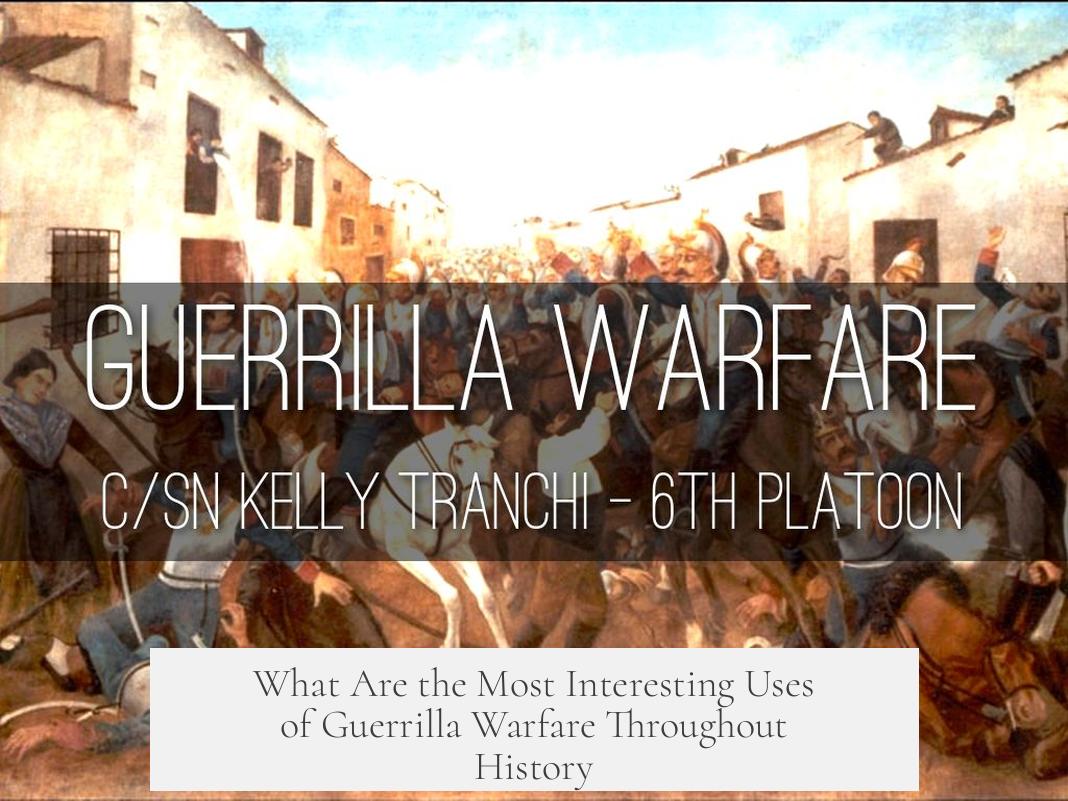
Guerrilla warfare, with its blend of cunning, bravery, and resourcefulness, has shaped many pivotal moments in history. It’s a tactic where smaller, often outgunned forces use speed, surprise, and knowledge of terrain to outsmart much larger, conventional armies. This post unpacks some of the most fascinating uses of guerrilla warfare, highlighting how underdogs have harnessed this strategy across centuries — from ancient forests to modern jungles, and from icy battlefields to sunbaked mountains.
Guerrilla Warfare: The Art of Outsmarting Giants
Let’s face it: facing an enemy with more troops, heavier weapons, and better technology isn’t the best recipe for success. Guerrilla warfare flips this script by emphasizing swift raids, ambushes, surprise attacks, and knowledge of local terrain. History offers numerous examples where these tactics didn’t just survive but thrived, sometimes changing the course of wars or even empires.
The Irish War of Independence: Michael Collins’ Bicycle Command Center
Picture this — a man cycling around Dublin, invisible yet orchestrating a full-scale uprising. Meet Michael Collins, the shadowy mastermind behind Ireland’s guerrilla operations during their War of Independence (1919-1921). The Irish combined both urban assassinations and rural ambushes. In the countryside, flying columns—small, agile teams—raided police stations and attacked patrols. In Dublin, “The Squad,” an elite group, waged a deadly counterintelligence war by taking out British spies and informers.
This mix of urban and rural guerrilla operations was unusual and highly effective, demonstrating how adaptability is key to guerrilla success. Collins’ leadership was crucial; despite being constantly hunted, he remained active, connected, and effective — all while on a humble bicycle.
The Cuban Revolution: Small Force, Massive Impact
Fewer than 600 men managed to topple a standing Cuban army and police force numbering nearly 37,000. That’s Fidel Castro and Che Guevara’s guerrilla campaign in the Sierra Maestra mountains. Their strength wasn’t numbers but mobility, local support, and exploiting government weaknesses.
They operated in small, highly motivated bands, hit quickly, and vanished. This underdog victory highlights how guerrilla warfare can turn the tide when executed with discipline, determination, and deep connection to the terrain.
Paul von Lettow-Vorbeck: The African Ghost of WWI

During World War I, German General Paul von Lettow-Vorbeck led a guerrilla campaign in East Africa using a mere 14,000 troops (3,000 Germans and 11,000 Africans) to tie down an enormous Allied force of 300,000 British, Belgian, and Portuguese soldiers. For four years, he stayed undefeated on the battlefield and even launched an invasion of imperial British land.
This example remains one of history’s most impressive guerrilla successes, showing how scarce resources combined with brilliant tactics can outmaneuver overwhelming enemies.
Peninsular War and Spanish Guerrilleros: The Birth of “Guerrilla”
The word “guerrilla” itself was coined during the Peninsular War (1808-1814) when Spanish fighters resisted Napoleon’s troops. These guerrilleros bled the French army by ambushing soldiers on mountain passes, sabotaging supply lines, and terrorizing isolated patrols.
Their war wasn’t just military, it was personal — driven by resistance to French looting and atrocities. Unlike Wellington’s Britain, where troops were disciplined and forbidden from looting, French soldiers plundered as they marched, provoking fierce local opposition. Spanish guerrillas exemplify how popular resistance can bleed a mighty empire dry.
World War II: A Global Guerrilla Patchwork
Guerrilla tactics flourished worldwide during WWII. Resistance movements erupted in Poland, France, Greece, Yugoslavia, and the Soviet Union. For example, the Yugoslav Partisans fought largely alone, sabotaging railways and bridges to hamper Nazi operations.
These scattered, often ill-equipped groups inflicted disproportionate damage. They disrupted enemy supply chains, gathered intelligence, and inspired broader resistance—showing guerrilla warfare’s versatility even in a global conflict.
Mao’s Guerrilla Odyssey in the Chinese Civil War
Mao Zedong’s communist forces famously relied on guerrilla tactics in the early stages of the Chinese Civil War (1945-1950). Facing a better-equipped Nationalist army three times their size, the Communists avoided direct confrontation, instead striking and melting away.
They supplemented their arsenal by capturing equipment and recruiting defecting soldiers. Uniquely, Communist pilots flew their victory parade in fully armed planes — ready to switch from celebration to combat if Nationalist forces attacked. These guerrillas evolved, eventually transitioning to conventional warfare upon gaining strength.
Maori Resistance: Indigenous Guerrillas of New Zealand
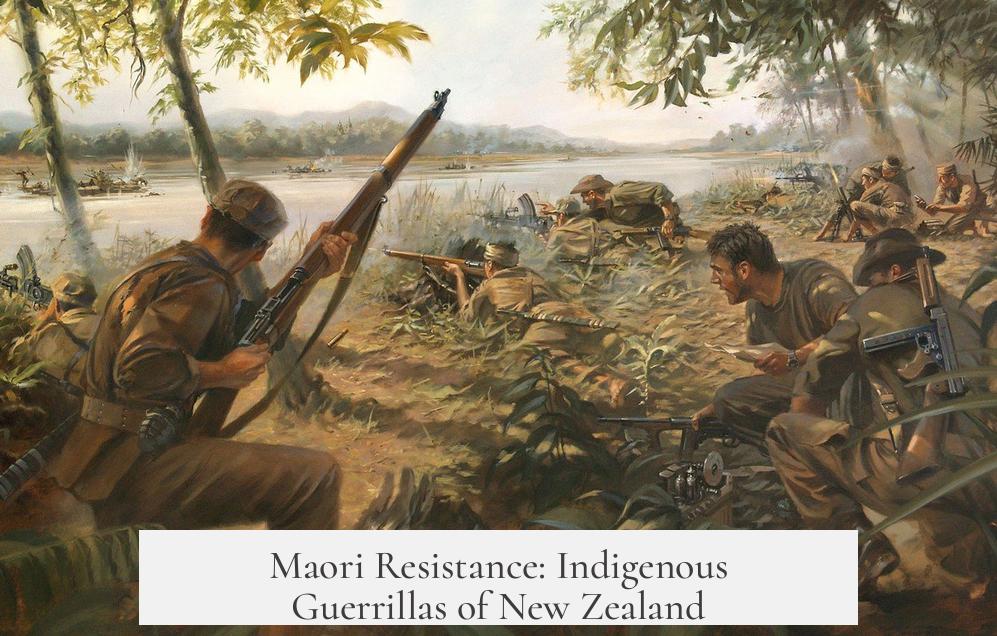
When the British colonized New Zealand, they encountered fierce resistance from the Maori people. Their tactics involved swift raids, ambushes, and knowledge of dense forests. This indigenous guerrilla warfare was distinct for blending traditional methods with evolving military technology — a unique blend that frustrated British forces.
Winter War 1940: Finnish Ingenuity Against Soviet Giants
Facing an overwhelming Soviet invasion in 1940, the Finns maximized guerrilla tactics combined with their icy terrain advantage. Despite using outdated WWI gear, they harassed Soviet troops with surprise attacks and snipers like Simo Häyhä, “The White Death,” who instilled terror with his deadly marksmanship.
Though Finland lost territory, it retained independence and inflicted costly losses on the Soviets, showcasing how guerrilla and asymmetric tactics can level the field even in harsh conditions.
Boer Wars: Dutch Settlers vs. British Empire
The Boer Wars featured Dutch settlers using guerrilla tactics against the British Empire. Their intimate knowledge of South African terrain, hit-and-run raids, and mobility made them a formidable foe. Despite British technological superiority, guerrilla warfare prolonged the conflict and led to negotiated settlements.
Mujahideen in Afghanistan: Mountains Against the Red Army
The Mujahideen’s resistance to Soviet occupation in Afghanistan (1979-1989) represents modern asymmetric warfare at its finest. They exploited the rugged landscape, used hit-and-run ambushes, and cleverly adapted to Soviet tactics. Their successors, like the Taliban in Korengal Valley, continued this tradition, blending guerrilla warfare with ideology and local support.
John S. Mosby: The Gray Ghost of the American Civil War
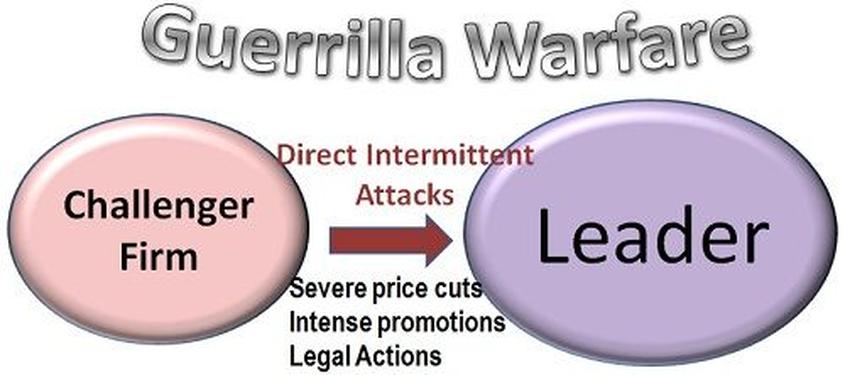
John S. Mosby was a Confederate guerrilla leader known for stealth and audacity during the American Civil War. One of his most famous feats involved infiltrating enemy lines and capturing a Union general with 60 men and horses — all without firing a shot.
His actions boosted Confederate morale and demonstrated guerrilla tactics’ psychological impact beyond physical damage.
Spartan Krypteia: Ancient State-Sponsored Guerrilla Warfare
The Spartans institutionalized a brutal form of guerrilla warfare through the Krypteia, where young men operated solo in the wilderness to terrorize the Helot slave population. This approach combined stealth, intimidation, and violence to maintain control — arguably one of the earliest government-organized guerrilla programs.
Ninjas in Feudal Japan: From Farmers to Shadow Warriors
Ninjas were originally farmers who had to defend themselves without samurai armor or swords. They innovated with weapons like nunchucks and improvised weaponry, including “smoke bombs” using eggs filled with glass shards to blind and incapacitate enemies.
This grassroots guerrilla warfare relied heavily on ingenuity, stealth, and psychological warfare — qualities that defined the ninja legacy.
The Battle of Ia Drang: Helicopters Meet Guerrillas
In the Vietnam War’s Battle of Ia Drang (1965), U.S. infantry arrived via helicopter only to find themselves surrounded and low on ammo. Despite heavy casualties, air support saved the troops, highlighting both the vulnerabilities and necessity of adapting conventional tactics against guerrilla fighters, in this case, the North Vietnamese forces.
Vietcong Tunnel Systems: Underground Guerrilla Innovation
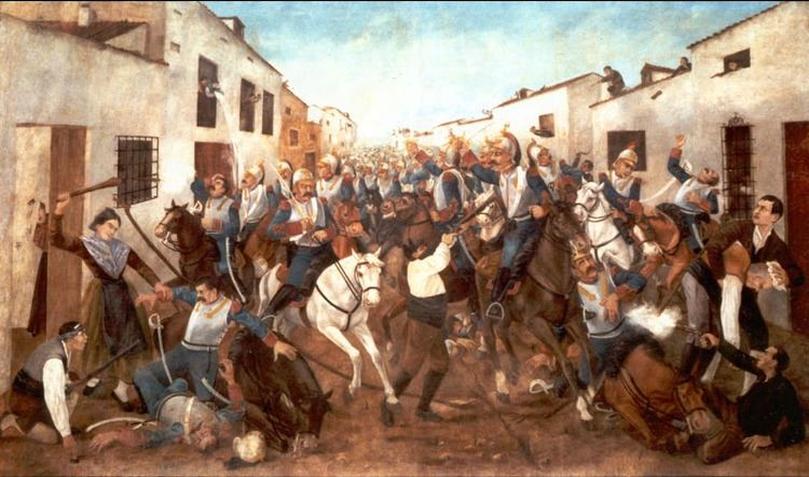
The Vietcong’s tunnel networks were masterful guerrilla technology, allowing communication, surprise attacks, and deadly traps. These hidden passages gave them safe mobility and the ability to vanish before American forces could counterattack.
Other Noteworthy Cases:
- Greek War of Independence: Mountains and ambushes helped Greeks resist the Ottoman Empire.
- Maroons of Jamaica: Using difficult terrain to repel British forces and securing autonomy.
- UK’s Secret War in Malaysia: SAS-style stealth operations focusing on hearts and minds.
- Robert the Bruce: Destroyed castles to deny English reuse during Scotland’s fight for independence.
- Vlad the Impaler’s Tactics: Used biological warfare and psychological terror against Ottoman invaders.
- Russell Volckmann: Built guerrilla forces in the Philippines, influencing modern special forces.
- Maccabean Revolt: Jewish clans employed guerrilla methods to expel Greek occupiers, sparking Hanukkah traditions.
Why Do These Examples Matter Today?
Each guerrilla war teaches us something about strategy beyond sheer force. They reveal the power of local knowledge, adaptability, morale, and the will of the people. They show that a smaller, motivated force can challenge the mightiest armies. In today’s conflicts, guerrilla warfare informs counterinsurgency, special operations, and even cybersecurity — where unconventional tactics reign.
So next time you think war is all about heavy artillery and massive armies, remember the quiet bicycle rides of Michael Collins, the tunnels beneath Vietnam’s jungles, or a lone sniper in a snowy Finnish forest. Guerrilla warfare is the art of turning disadvantages into unexpected advantages — and **it’s often the game-changer**.
Feeling Inspired? Key Takeaways for the Casual Strategist
- Know your terrain better than the enemy.
- Keep your forces mobile and unpredictable.
- Use intelligence and surprise rather than brute force.
- Leverage local support—because no one wins a guerrilla war without it.
- Innovate weapons and tactics based on what’s available.
History shows that with clever tactics and relentless spirit, even the underdogs can write world-changing stories. What surprising guerrilla tactics have caught your eye? Could they teach us something new about today’s conflicts? Drop a thought, because learning from the past is how we prepare for future battles — whether on battlefields or boardrooms.
